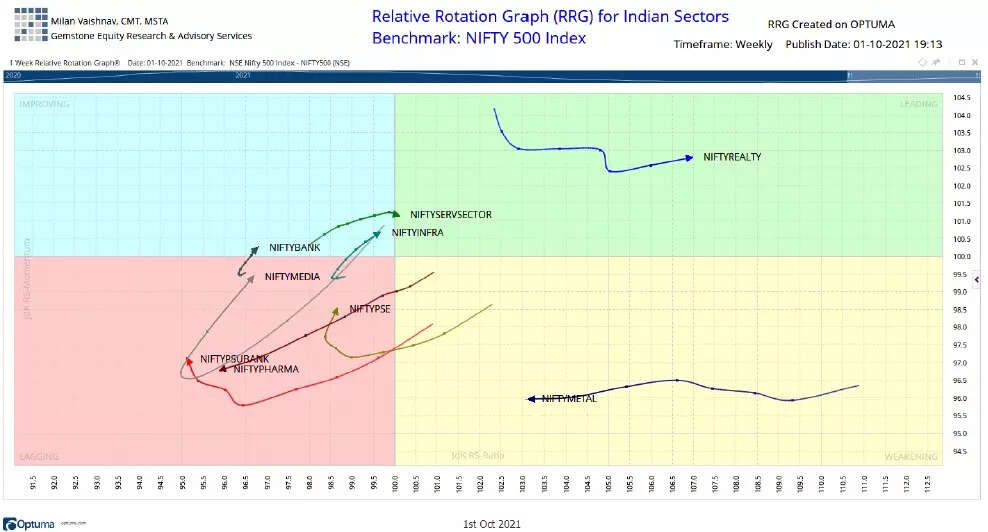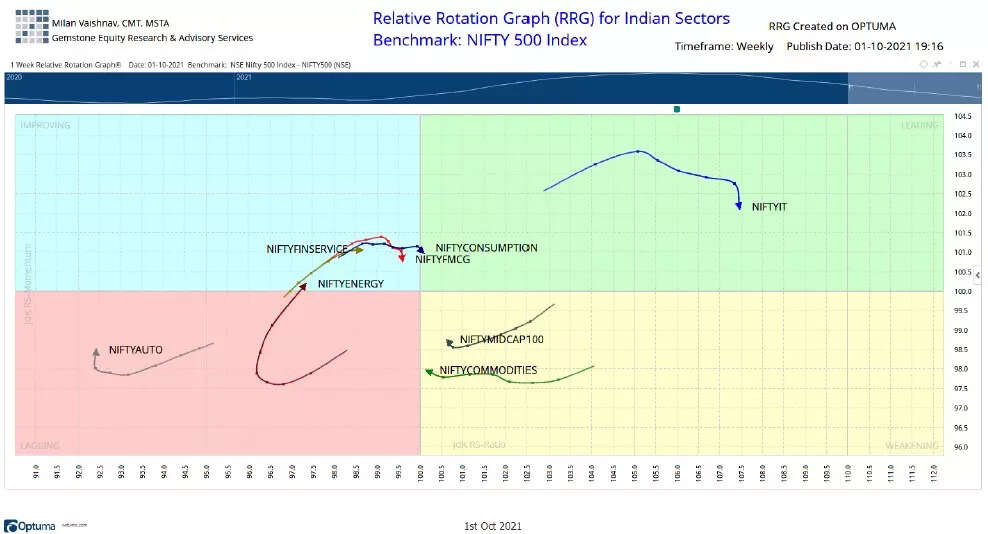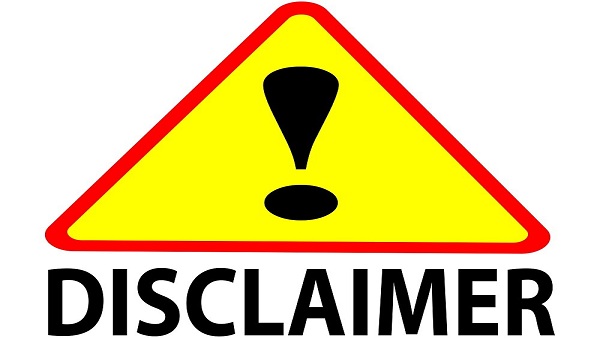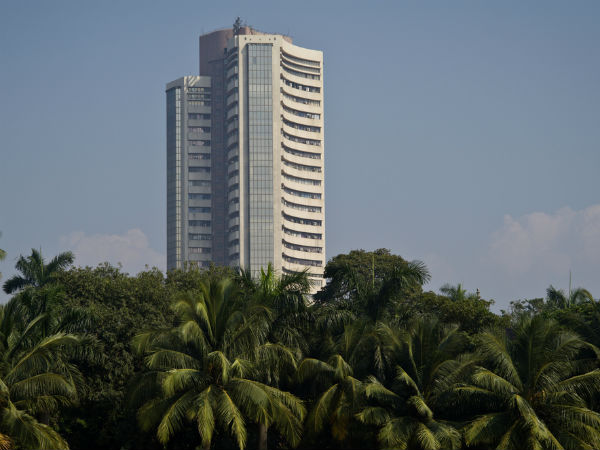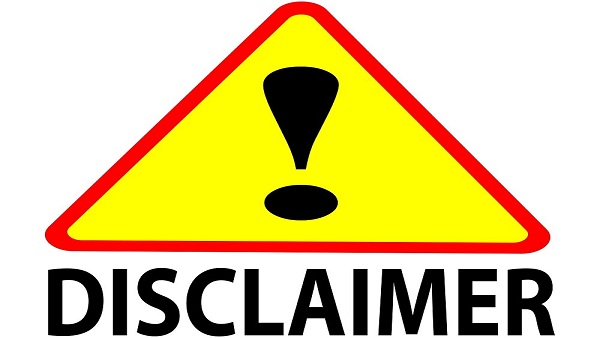India’s equity indices have outperformed global peers by a wide margin since the Covid-induced sell-off of January-March 2020.
India’s benchmark indices, the Sensex and the Nifty50, have surged 107 per cent and 112 per cent till date from their close of 29,468.49 and 8,597.75, respectively, as at end-March 2020. In comparison, BRICS (excluding India’s) as well as other major indices such as the US’ Dow Jones Industrial Average, Germany’s DAX and Japan’s Nikkei 225, are up only 30-72 per cent over the same period.
So, what has driven this outperformance of the domestic bellwethers?
Advantage India
The rub-off effect of India emerging as a preferred investment destination in the region for global investors is the key reason. Deepak Jasani, Head of Retail Research, HDFC Securities, says: “China losing the advantage of cheap labour, cheap and adequate power coupled with unpredictable policies have made foreign investors wary, and money is moving out of China into other countries including India.”
Ankur Maheshwari, CEO, Equirus Wealth, echoes this: “As events such as the investigations against Alibaba and, more recently, the Evergrande debt crisis unfold, investors are losing confidence in China and this has made India a relatively better avenue for foreign money flows.”
RBI data show that India attracted robust Foreign Direct Investments (FDI) of $64.36 billion in 2020 — a 27 per cent jump over the $50.6 billion received in 2019. In contrast, China saw an inflow of $141 billion in 2020 (latest available data), down 5.4 per cent compared to 2019.
Lacklustre market
India’s under-performance before 2020 is another reason for the strong recovery post the Covid-19 sell-off.
Nikhil Kamath, Co-Founder, Zerodha and True Beacon, says, “The rise in Indian benchmarks for two or three years before 2020 was not steep as other major indices. This created a lot of foreign investment flows into India on a relative scale compared to the other Asian and Western countries”.
This is evident from the data on the Foreign Portfolio Investment (FPI) flows into equity. Among the BRICS nations, India stands out as highly preferred destination. Since March 2020, the net FPI inflows in Indian equities add up to $38.4 billion so far. Brazil’s net inflows are $14.46 billion, whereas South Africa saw a net outflow of $12.17 billion since March 2020.
The under-performance prior to 2020 made Indian equities relatively cheaper as well. Ashish Shanker, MD & CEO, Motilal Oswal Private Wealth, says, “Indian counters had become cheap due to the huge under-performance since 2015. The market cap-to-GDP was just 50 per cent when markets fell.” This coupled with a strong recovery in corporate profits has sustained the attraction for Indian equities into 2021.
“A strong 20 per cent growth in corporate profits in FY21 was a major driver and the market cap-to-GDP now stands at 120 per cent,” he added.
Domestic factors
Low interest rates on fixed income instruments and the rising market attracted Indian investors to equities. In addition, index heavyweights like HDFC and ICICI Bank saw strong retail participation that helped in taking the indices higher.
Record capital raising by Reliance Industries and its strong 127 per cent surge since March 2020 are major factors that drove up the indices.
Will the party continue?
The Sensex and the Nifty 50 touched a new all-time high of 60,412.32 and 17,947.65, respectively, earlier in September, but came off those highs last week. The new peaks, though, came at a time when other global indices like the Dow Jones and Nikkei had already turned around from their peaks a few weeks ago.
Caution is the word
With the benchmark indices continuing to remain resilient so far in spite of the weakness in the other global markets, experts advise caution. They say that a correction is due and could come with a lag compared to other global markets; at the same time, the fall could be limited as fresh buying can emerge again at lower levels, they feel.
